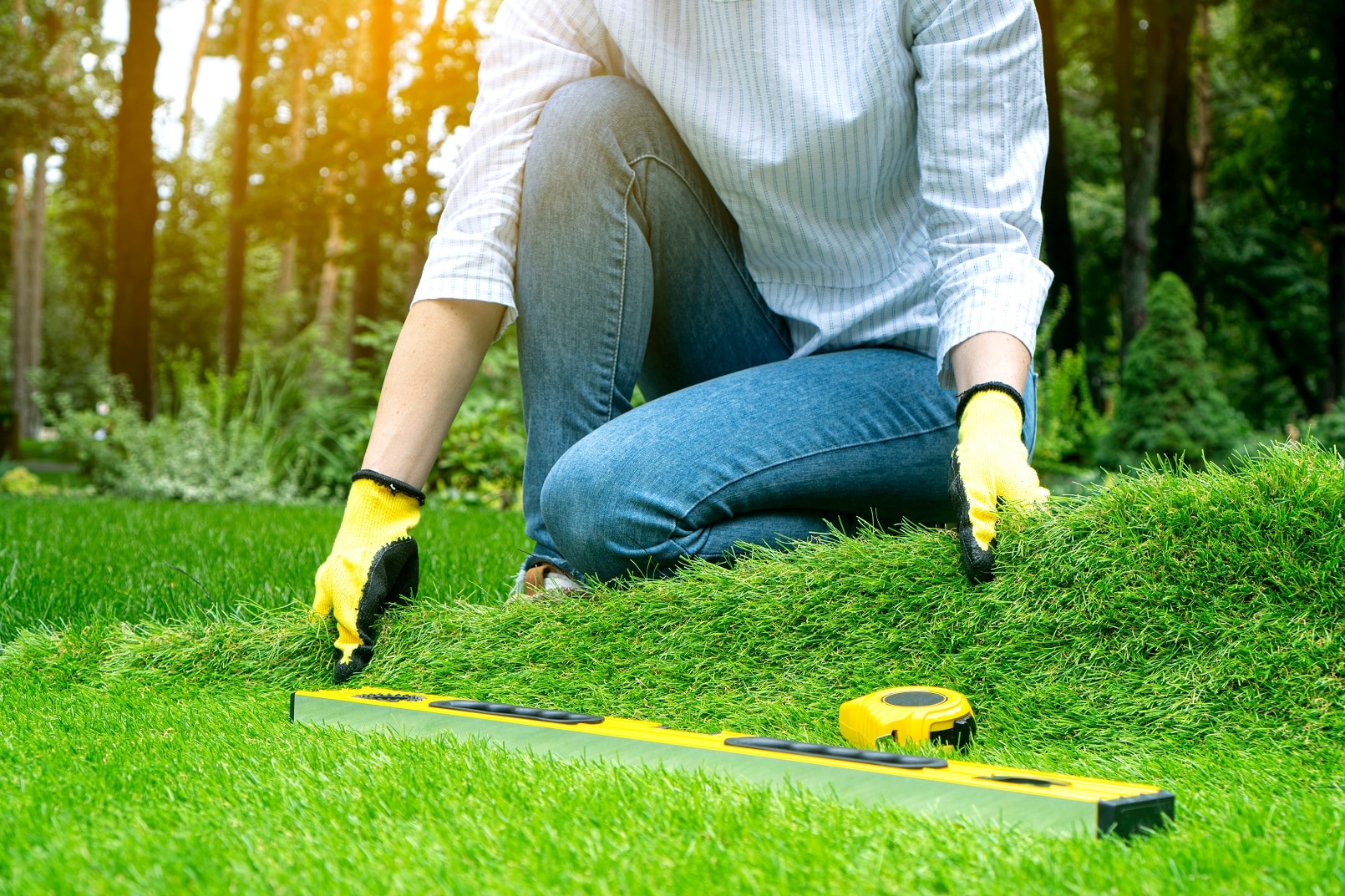How to Calculate Artificial Turf Requirements for Your Yard

Installing artificial turf in your yard can transform your outdoor space into a lush, green oasis that remains perfect year-round, irrespective of the weather. However, before you can enjoy the benefits of a low-maintenance lawn, accurate planning and preparation are crucial. At LawnPop®, we’re committed to helping you every step of the way. This guide will provide a detailed approach to calculating the amount of artificial turf you will need for your project.
Understanding Your Space
1. Measure Your Area:
The first step in calculating how much artificial turf you need is to accurately measure the area you plan to cover. Use a tape measure to determine the length and width of the space. If your yard is not a perfect rectangle or square, break it down into manageable sections and measure each one separately.
2. Calculate the Square Footage:
Once you have the measurements, multiply the length by the width for each section to find the square footage. Add up the square footage of all sections to get the total square footage of the area you want to turf.
3. Consider the Turf Roll Sizes:
Artificial turf typically comes in rolls. The standard widths are 12 to 15 feet, but lengths can be customized. Knowing the dimensions of the turf rolls you plan to purchase will help you understand how many rolls you need and how they will fit into your space.
Planning for Excess and Waste
4. Account for Overlap and Edging:
When laying artificial turf, it’s important to overlap the edges during installation to ensure there are no gaps. Additionally, you might need extra turf around the perimeter for a clean finish. A good rule of thumb is to add 10% to your total square footage to cover these needs.
5. Shape and Configuration:
For yards with irregular shapes, more waste can be generated when cutting the turf to fit curves and angles. This factor should be considered when ordering extra material.
Installation Considerations
6. Direction and Appearance:
The direction in which you lay the turf rolls can affect the overall appearance. All fibers should face the same direction to ensure a uniform look. Plan the layout before you order to maximize the use of each roll and minimize cuts and joins.
7. Joining Seams:
If your project requires multiple strips of turf, you’ll need to join seams. This requires precision and the right materials, such as seam tape and adhesive, which should also be included in your planning.
Ordering Your Turf
8. Final Calculations and Ordering:
Once you have the total square footage, including the extra for overlap and waste, you’re ready to order your turf. It’s advisable to order slightly more than calculated to ensure you do not run short during installation.
9. Delivery and Storage:
Coordinate the delivery of your turf to coincide with your installation schedule. Store the turf rolls in a clean, dry area until they are ready to be installed to prevent any damage or degradation.
Accurately calculating your artificial turf needs ensures that your project runs smoothly from start to finish. By taking the time to measure and plan thoroughly, you’ll avoid common pitfalls such as underordering materials or making last-minute adjustments.
Looking to transform your yard with the highest quality artificial turf in Texas? Contact LawnPop® today. Our team of experts will guide you through the entire process, from measurement to installation, ensuring that you receive the best service and results. Visit our website or get in touch with us to start planning your dream lawn with the best in the business!




